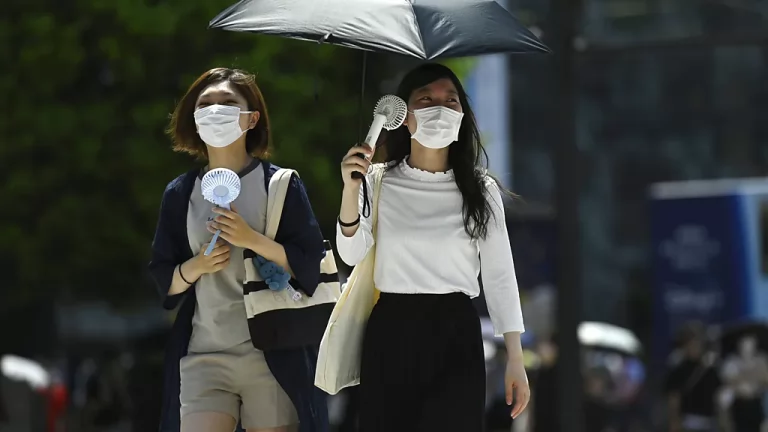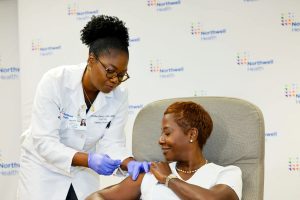Stuart Cohen, chief of infectious diseases at UC Davis Health, answers questions about the new variants and the COVID-19 boosters this fall.
What do we know about the new COVID-19 variant BA.2.86 (‘Pirola’)?
BA.2.86, sometimes called “Pirola,” was recently identified in small numbers outside the United States. There were concerns that because it had so many mutations it could bypass existing immunity from COVID-19 vaccines or prior infection.
However, initial data have shown that it may be less contagious and immune-evasive than previously feared. It is a variant we should monitor, but it likely will not be the next variant to cause a surge in infections.
What about the new variant EG.5 (nicknamed ‘Eris’)?
EG.5 is the predominant variant in the United States right now. All the current variants we are currently dealing with are omicron-based, with mutations that enhance their ability to be passed from person to person, which may allow them escape some of people’s prior immunity.
Since omicron became the predominant variant in the United States, we have seen the number of cases go up and down—but the severity of the cases is generally not as severe. So, the face of the COVID-19 pandemic in 2023 is very different than what we saw in 2020, where we were seeing high rates of mortality.
Will the new COVID-19 boosters available this fall protect against these new variants?
The three companies—Moderna, Pfizer and Novavax—producing COVID-19 vaccine boosters this fall are all targeting the XBB.1.5 omicron subvariant. Data shared by these companies has shown that the vaccines will neutralize the current variants circulating, including BA.2.86 and EG.5.
How are the new COVID-19 boosters different from the previous COVID-19 vaccines?
These boosters are monovalent (meaning they target one strain of the SARS-CoV-2 virus), so they will be more focused on the variants that are currently circulating. This is important because if we kept boosting people with the first vaccine, we would be amplifying the immunity to an old variant that is not circulating anymore. So, the decision was made not to do bivalent boosters again, but to move forward and really focus on the variants currently being seen.
Who should get the COVID-19 booster this fall?
I think we should wait to see what the CDC’s Advisory Committee on Immunization Practices decides. They are meeting very soon on this topic.
However, I would encourage older adults, people who are immunocompromised, obese or diabetic, or anyone who is at high risk for more severe disease to get the COVID-19 booster.
Younger and healthy individuals should also strongly consider getting the booster because data show that it does prevent infection in some people, it decreases transmission and diminishes the severity of the virus.
When should people get the COVID-19 booster?
I think it makes sense for people to receive the COVID-19 booster around the same time they receive their flu shots—which is usually around the end of September. But we need to see what the Advisory Committee on Immunization Practices recommends first.









+ There are no comments
Add yours